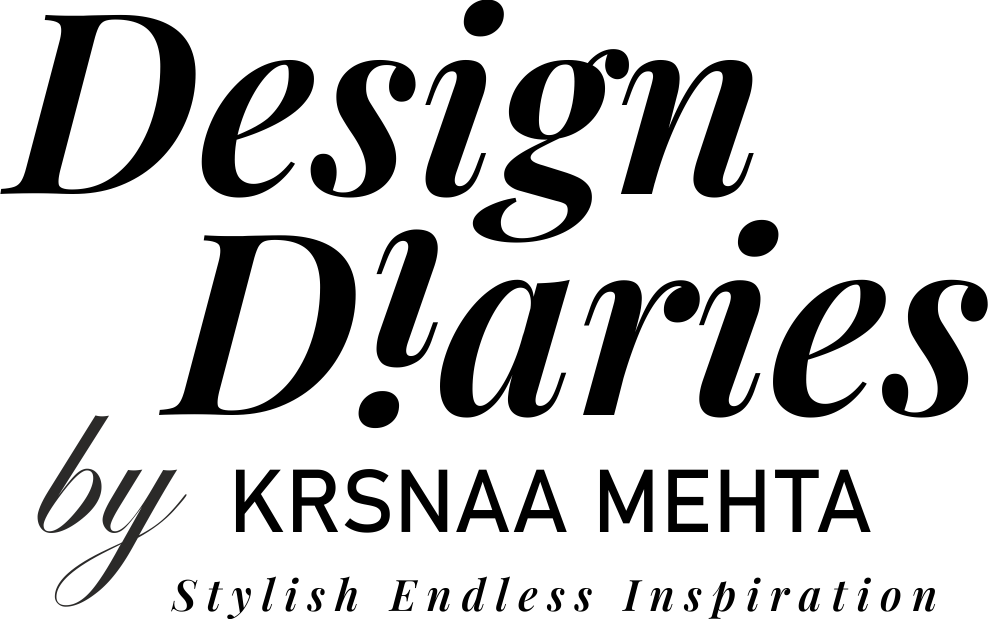In the ever-evolving world of interior design, one trend that continues to captivate homeowners and designers alike is the incorporation of curved detailing. Curved elements—ranging from architectural features to furniture and artwork—offer a departure from the rigid and angular lines of traditional design, introducing a sense of softness and fluidity that can transform a space. This blog explores how curved detailing adds warmth and elegance to home interiors, drawing inspiration from historical precedents and showcasing its contemporary applications.
A Historical Perspective on Curved Interiors
Curved detailing in architecture and design is far from a modern invention. Its origins can be traced back to ancient civilizations, where curves were not only a stylistic choice but also a structural necessity. Ancient Greeks and Romans employed arches and rounded forms in their temples, aqueducts, and forums, creating enduring symbols of grandeur and stability. These classical curves have left an indelible mark on architectural history, influencing subsequent design movements.
During the Renaissance, the use of curves became even more pronounced, reflecting a shift towards more expressive and dynamic forms. Architects and designers of the era embraced flowing lines and ornate details, seen in the works of masters like Michelangelo and Bernini. The Baroque period further amplified this trend, with its dramatic use of curves to create a sense of movement and opulence. This historical appreciation for curves continues to resonate today, offering a blend of classic sophistication and contemporary relevance.
Curved Doorways and Archways
Source : Sloft Magazine
One of the most impactful ways to introduce curves into your home is through doorways and archways. These features can fundamentally alter the perception of space, making transitions between rooms feel more seamless and inviting. Curved archways, for instance, break away from the starkness of traditional straight-edged doorways, offering a softer visual appeal and creating a more fluid connection between different areas of the home.
In addition to their aesthetic benefits, curved doorways and archways have practical advantages. They can make small spaces feel larger by reducing the visual barriers between rooms and allowing for a more open layout. This design choice also adds a touch of historical elegance, reminiscent of classical architecture, which can elevate the overall ambiance of your home.
The Appeal of Curved Corners
Source : @geevesanderson
Curved corners offer a subtle yet effective way to soften a room’s edges. Traditional sharp corners can create a more formal and sometimes harsh atmosphere, whereas rounded corners contribute to a relaxed and inviting environment. This design choice is particularly beneficial in high-traffic areas, where the risk of bumps and injuries is higher. Curved corners mitigate these risks while enhancing the room’s overall aesthetic.
Moreover, curved corners can visually balance the space, complementing other rounded elements and creating a cohesive look. They integrate seamlessly with various styles, from modern minimalism to traditional elegance, making them a versatile option for any interior design scheme.
Embracing Curved Furniture
Source : Architectural Digest India, Gokul Rao
Curved furniture represents one of the most dynamic applications of rounded forms in interior design. Unlike straight-edged pieces, which can sometimes feel rigid and formal, curved furniture—such as rounded sofas, ottomans, and armchairs—introduces a sense of comfort and informality. These pieces not only enhance the visual softness of a room but also invite relaxation and ease.
Incorporating curved furniture into your home allows for creative design opportunities. For instance, a rounded sofa can serve as a focal point in a living room, offering both style and functionality. Similarly, curved ottomans and chairs can provide additional seating and contribute to a more harmonious arrangement. By integrating these elements, you can create a space that feels both cozy and stylish.
The Impact of Curved Mural Wall Art
Source : Ursula Mattos Architecture
Wall art is another area where curved detailing can make a significant impact. Curved mural wall art or paintings introduce dynamic, flowing lines that can enliven a room and draw attention. Unlike traditional rectangular or square artworks, murals with curved elements add movement and visual interest to your walls.
Choosing artwork with curved forms can also help to balance the room’s overall design. For example, a mural featuring sweeping curves can complement other rounded elements, such as curved furniture or architectural details. This approach creates a cohesive and harmonious look, enhancing the room’s overall aesthetic appeal.
Other Curved Elements
Source : Studio GAIA Paris, Pinterest
Beyond the more prominent features discussed, there are numerous other ways to incorporate curved detailing into your home. Curved cabinets, for instance, offer a unique alternative to traditional straight-edged cabinetry. These cabinets can add a distinctive touch to kitchens and bathrooms, combining style with functionality.
Curved light shades are another subtle yet effective way to introduce rounded forms into your home. Whether used on pendant lights, chandeliers, or lamps, curved shades can diffuse light more evenly, creating a softer, more ambient glow. This design choice not only enhances the room’s atmosphere but also adds a touch of elegance.
Conclusion
The resurgence of curved detailing in home interiors reflects a broader trend towards creating spaces that are both aesthetically pleasing and comfortable. By drawing on historical influences and incorporating elements like curved doorways, furniture, and artwork, you can craft a home that feels both timeless and contemporary. Embracing curves in your design not only adds visual interest but also contributes to a welcoming and elegant environment. As interior design continues to evolve, the gentle allure of curved detailing remains a testament to the enduring appeal of softness and fluidity in our living spaces.

